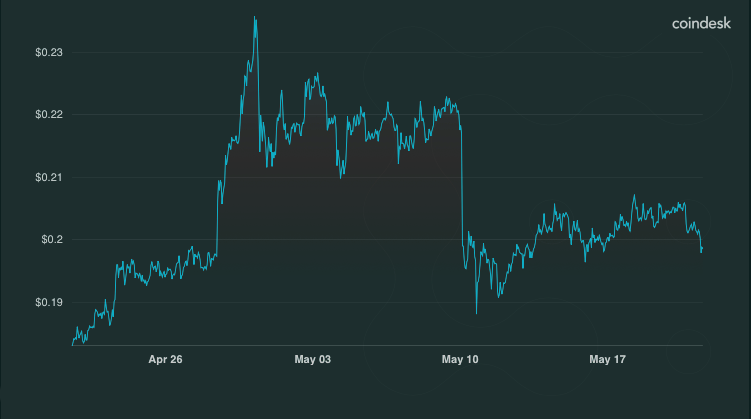A crypto-currency is a digital asset designed to work as a medium of exchange. It’s usually referred to as “coin”.
All coin ownership records are stored in a public digital ledger, which is implemented as a computerized database. Choosing a computerized approach makes sure that all coin transactions are 100% secure and reliable. To avoid burdening you with details at this time, you may think of crypto-currency as super-safe, anonymous, Internet-based money… for now. Coins are bought and sold in many online exchange offices, and they are stored in easily accessible digital wallets. Exchanges may require you to provide additional information about yourself, to be in compliance with the law.
Continue reading our learning resources to understand how crypto-currencies work under the hood.
Risks and volatility
You should understand by now that crypto-currencies are extremely volatile when it comes to their market prices. Although, these digital assets are not much different from other commodities (like traditional money also reffered to as “fiat” or stocks), and their prices are driven by the laws of supply and demand. This means that if people want to buy crypto-currency, it’s price increases. If people want to sell crypto-currency, it’s price decreases. The difference from the traditional financial instruments is that the crypto-markets are still rather small in market cap, and as such are easier to be subjected to big price swings.
As a consequence of the smaller market size, even minor movements of crypto-currency can have a huge effect on its price. In addition to this, crypto-currency wealth distribution on some networks is even more skewed than that of traditional wealth, so the few with large stakes in a crypto-currency — for example, Bitcoin “whales” — hold disproportionate amounts of power over its pricing.
As an example of volatility we are showing the following graph:
instability of (XRP) Ripple’s coin in a period of one month.

Volatility, in numbers
Here’s an example of crypto-currency volatility: you can buy one crypto-currency coin that is worth $0.04 at the time of your purchase, but it can decrease to $0.02 the next day, and then rise to $0.08 or $0.10 the next day. This means that if you have 1000 coins purchased at a price of $0.04, the total value of your coins would be about $40 at the time of your purchase. If the coin value falls to $0.02, it would be worth about $20. If the coin value rises to $0.08 or $0.10, its estimated worth would be $80 or $100.
There are some indicators that could help predict how the coin price will rise and fall. However, frequent market checks and value comparisons are usually enough to help you make an exchange decision. Most importantly, not all crypto-currencies are as volatile as the extreme examples.
It is also worth mentioning that there are some stable coins that follow the value of appx. 1 USD – such as Tether (USDT) or US dollar coin (USDC).
Further research
For more information about crypto-currencies, you can check out the Bitcoin white-paper, Ethereum or Cardano platform overviews, or simply search for whatever you’re looking for online – there is no shortage of learning resources.
We do, however, recommend going through the rest of our learning resources because they provide an excellent introduction to what we’re trying to do.
